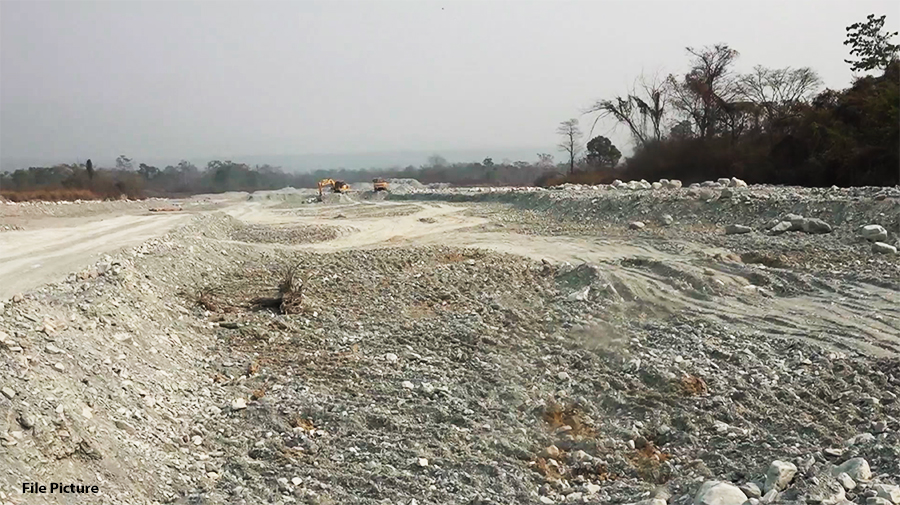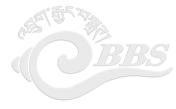 The new Surface Collection Rules and Regulations, 2024 is expected to streamline allocation procedures, eligibility and regulatory requirements of surface collection and dredging activities. As surface collection and dredging activities are mainly concentrated in the south, the Department of Geology and Mines conducted an advocacy programme on the new regulations in Phuentshogling recently.
The new Surface Collection Rules and Regulations, 2024 is expected to streamline allocation procedures, eligibility and regulatory requirements of surface collection and dredging activities. As surface collection and dredging activities are mainly concentrated in the south, the Department of Geology and Mines conducted an advocacy programme on the new regulations in Phuentshogling recently.
The Surface Collection Rules and Regulations, 2024 aims to streamline and bring more clarity in the regulation and management of surface collection and dredging activities. It is also to bring these activities under the purview of the Mines and Minerals Management Act, 1995.
Moreover, it is to facilitate sustainable sourcing of construction materials for both rural and commercial purposes, and to streamline procedures for enhanced efficiency and transparency.
Prior to adoption of this rules and regulations, the surface collection and dredging activities were managed and regulated through the guidelines such as the Interim Guidelines for Surface Collection and Dredging of River Bed Materials for Export, 2019 and Guideline for Open Auction of sites for Surface Collection and Riverbed Material Dredging for Export, 2021.
Officials said these guidelines lacked clarity on types of activities and its allocation modality, procedures and requirements.
For instance, in the new rules and regulations, the eligible quantity for rural residents are increased from five truckloads to a maximum of 20 truckloads of stones and boulders, and to a maximum of 7 truckloads of sand per household per year with standard quantity (8m³) in each truckload.
However, the rural residents have to obtain a recommendation letter from their gup along with approval letters and construction drawings, where applicable.
Phuntsho Namgyal, Director of the Department of Geology and Mines said “The new rules and regulations will benefit commercial RBM (River Bed Material) operators. More importantly, they will help rural residents, especially those constructing houses and in need of sand and stones. This is because the new regulations provide clear criteria and greater clarity regarding area and tenure.”
Individuals working in surface collection and dredging activities welcomed the new rules and regulations.
Karma Gyeltshen, Vice President of Phuentshogling Regional Chapter said “Now, with amendments introduced by the Department of Geology and Mines, the scope has broadened. I believe these changes will be beneficial for the people.”
Bijay Lopchen, Proprietor of Dredging and Surface Collection Firm in Lhamoidzingkha, Dagana said “The new rules and regulations have brought changes to tenure and area allocations. Previously, the tenure was three years, but now it has been extended to five years. This will benefit us, as the extension aligns better with our investments.”
Likewise, Kencho Dorji, Deputy General Manager of Pelden Enterprise in Phuentshogling said “If such awareness programmes are held twice or thrice in a year, it will help us better understand the norms. It will be convenient.”
The new rules and regulations also formalise the royalty and mineral rent under the Revised Taxes and Levies Act of Bhutan, 2016 and the Mines and Minerals Management Regulations, 2022.
More than 50 participants, including officials from the department and the Ministry of Energy and Natural Resources, attended the advocacy programme, which is expected to help stakeholders better understand the new regulations.
Kinley Dem, Phuentshogling







